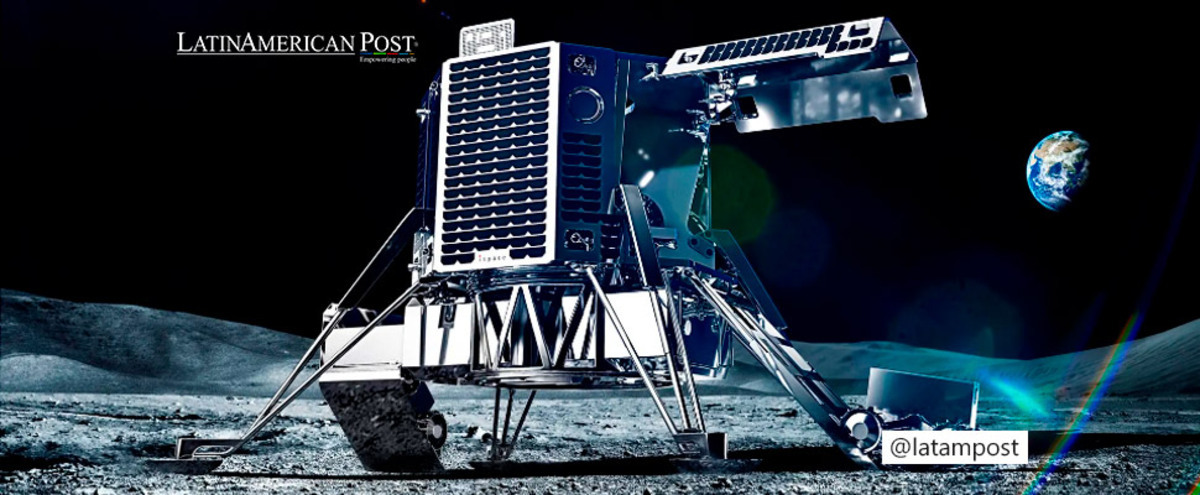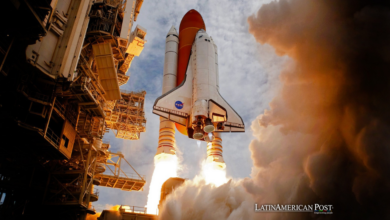Japan Plans to Build a City on the Moon, Will it be Possible?
"Moon Valley" will be called the ambitious Japanese project that seeks to put a thousand inhabitants on the moon in about two decades.

Photo: Ispace, INC.
LatinAmerican Post | Brandon Martínez Salazar
Escucha este artículo
Leer en español: Japón planea construir una ciudad en la luna ¿Será posible?
The fight for the space race in the last fifty years has been fundamental for technological development and research. Today the world's great powers are competing to find life in outer space, discover habitable planets, or find a way to make Mars a new home for humans or make a city on the Moon.
In 1865, the French writer Jules Verne wrote "From the Earth to the Moon". The novel is about an exciting story where a group of people in the United States designs a spaceship to go to the moon. At that time (given the limited technology) such a feat was thought impossible. However, this work could inspire future scientists, who finally managed to go to the natural satellite in 1969.
At present, NASA intends to return to the moon in order to reconquer it and test new research approaches. While Russia and China also have ambitious projects on this celestial body; Japan has announced a controversial project: to build the first city on the moon.
We suggest you read: The lunar exploration space race is also private
What would the first lunar city be like?
"Moon Valley" would be the name of the first city on the moon. The ambitious project seeks to build it from scratch and that, if it becomes a reality, it would have a capacity of a thousand people inhabiting the satellite.
Ispace is the Japanese company in charge of this plan for a city on the Moon that will have the challenge of creating the technological infrastructure that allows humans to live there for a long time sustainably. It should be noted that on the moon there are potential reserves of water that will make it possible to inhabit it if the necessary spaces are produced, but this resource would also be essential to obtain hydrogen and thus manufacture the fuel that ships will need on recurring trips to earth.
“Life on Earth in the future will not be sustainable without a satellite-based space infrastructure. Communications, agriculture, transportation, finance, environmental sustainability, as well as a variety of industries depend on this extraterrestrial infrastructure," explains the Ispace portal.
The Japanese company's goal is to have significant progress in its project by 2040, in which it proposes a future civilization with access to roads, digital communication, medicines, agriculture, commerce, and its own economy.
But is such a city-on-the-moon project actually viable?
There is something that history has made clear and that is that every time humans evolve they are capable of anything. Perhaps what today seems fiction, in a century will be a reality. But although the "Moon Valley" project is interesting, it will not be an easy task for scientists and visionaries.
First, you have to understand that creating a city from scratch will be extremely expensive and, above all, it will take a long time to make it happen. Second, the main challenge is to build the necessary infrastructure for humans to inhabit, since on the moon the lack of gravity, solar radiation and extreme climates represent a threat to survival. Third, life isolated from the land could pose a mental health risk to those who start living there.
Although this may have positive effects on space exploration and scientific research, there are also sectors that see it as an environmental problem, since the introduction of human activity on a celestial body without life or atmosphere could alter its natural environment, affect its ecological balance and irreparably damage its landscape.
Finally, another concern that must be recognized is the conflict of political interests and the tensions that could arise between countries competing to colonize territories in outer space. Likewise, it could further favor the increase in the inequality gaps that exist in humanity. That is, it could become a project only for those who have the money to access privileges. Without a doubt, the project of a city on the Moon is striking and interesting, but at the same time questionable.




